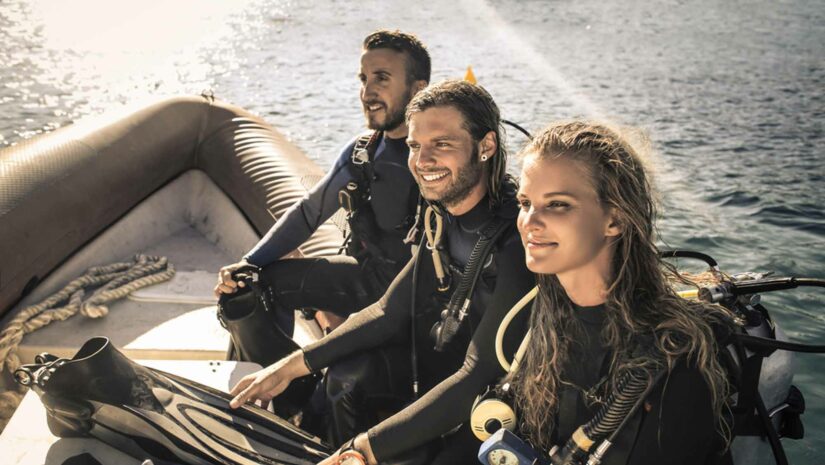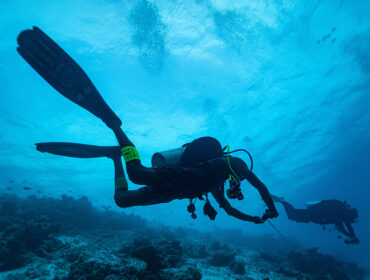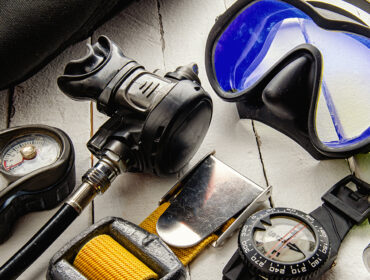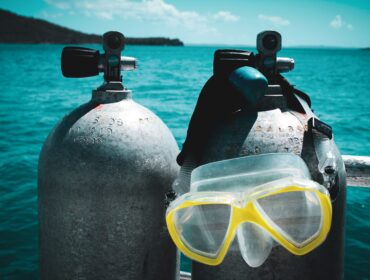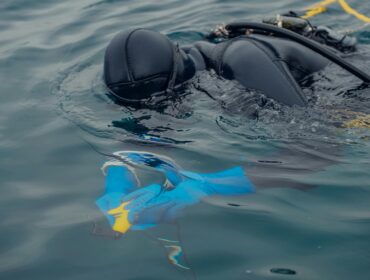Congratulations on finishing your training and certification to become an open-water scuba diver! You’ve entered a whole new world that most people will never experience. But your progress shouldn’t stop there. As a diver, it is ideal to constantly hone your scuba skills and improve your diving game to ensure safer and more enjoyable dives.
The best way to become a better diver is to constantly practice and improve on the scuba diving basics that you learned in your training. This gives you a better foundation to work with when you start learning more complex skills. For example, a basketball player who wants to learn to dunk must perfect his layup. The same principle applies to scuba diving.
Essential Scuba Diving Skills to Master

Buoyancy
Perhaps the number one scuba skill for every diver to master is controlling buoyancy. While mastering buoyancy is not necessarily difficult, it requires a calm, focused mind and steady actions. Divers do this with the help of a buoyancy control device (BCD). Multiple factors determine buoyancy control: BC inflation, ballast weight, trim, exposure suit buoyancy, depth, and breath control. You will consume less air when your buoyancy is on point. By managing your buoyancy, you’ll avoid damaging corals, artifacts, and marine habitats by dragging your instruments or limbs near the seafloor.
Controlled Descents
The descent in scuba diving should always be performed slowly and calmly. After ensuring your gear is set, and the current is safe for diving, you must constantly equalize the pressure in your ears as you descend. For some divers, that could mean every 12-18 inches. Descending too quickly can cause your eardrums to rupture, which could lead to more serious complications.
Clearing Your Mask
Water will inevitably enter your mask since no seal is impenetrable underwater. You may smile, which may cause your skin to buckle (which breaks the seal), or your mask may get bumped out of position. To clear the proper scuba mask, inhale deeply through your mouth, then press the top ridge to your forehead while opening the bottom seal and blowing hard through your nose. Tilt your head back to help the air blow out easier. If you need to stop momentarily, alert your scuba buddy so you do not get separated. You should be able to master this basic scuba technique without stopping in a short time if you keep practicing.
Emergency Ascents
You’ll rarely find yourself in a situation where you’ll need to use an emergency ascent technique since divers always check their equipment thoroughly before diving. Running low on air is already enough to warrant an emergency ascent. In the case of an unforeseen case of equipment failure, though, you should know what to do when the need for one arises.
Practice PADI’s four emergency ascent techniques (normal ascent, alternate air source ascent, emergency swimming ascent, and buoyant emergency ascent) whenever possible so you don’t panic when a real emergency occurs. The buddy breathing ascent is no longer on PADI’s list of emergency ascent procedures due to the risk and complicated nature of the procedure.
Scuba Hand Signals
Underwater communication equipment is expensive and unreliable, so don’t daydream about talking to your dive buddy underwater. Learn appropriate hand signals instead. Some hand signals will vary depending on your location and the person giving the briefing, but the significant signals, like “out of air” and “okay,” are universal.
Pay careful attention to the hand signals discussed at the dive briefing so you know how to signal your tank pressure to your buddy if your ears are not equalizing or if certain marine animals are nearby.
A Skilled Diver is a Safe Diver
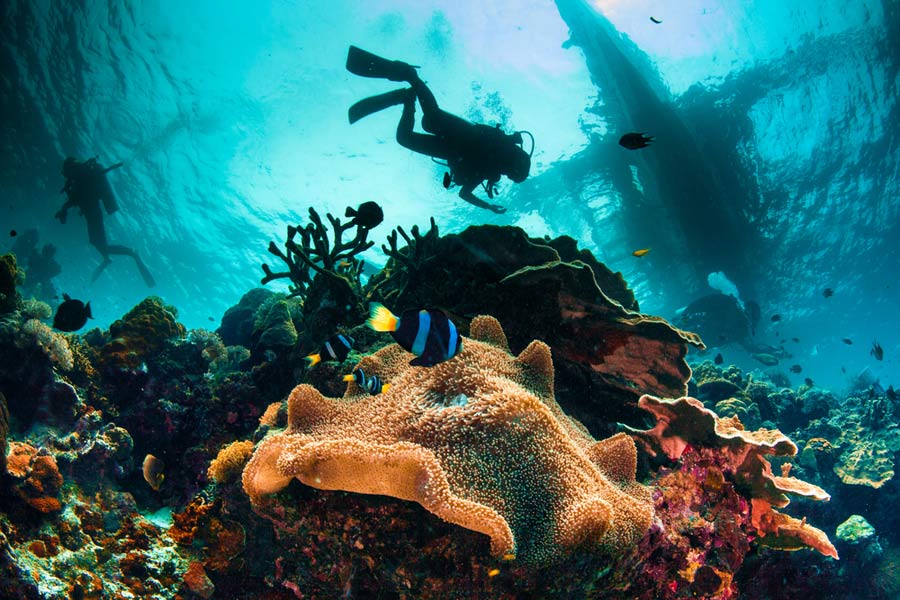
Exploring the depths of the ocean can be an eye-opening and fun experience. By mastering the basic scuba diving skills, risks can be minimized. With enough practice, you, too, can become a diver who is ready and capable of handling all kinds of diving situations.

